Prevent Ski Injuries with 5 Essential Exercises From a Physical Therapist
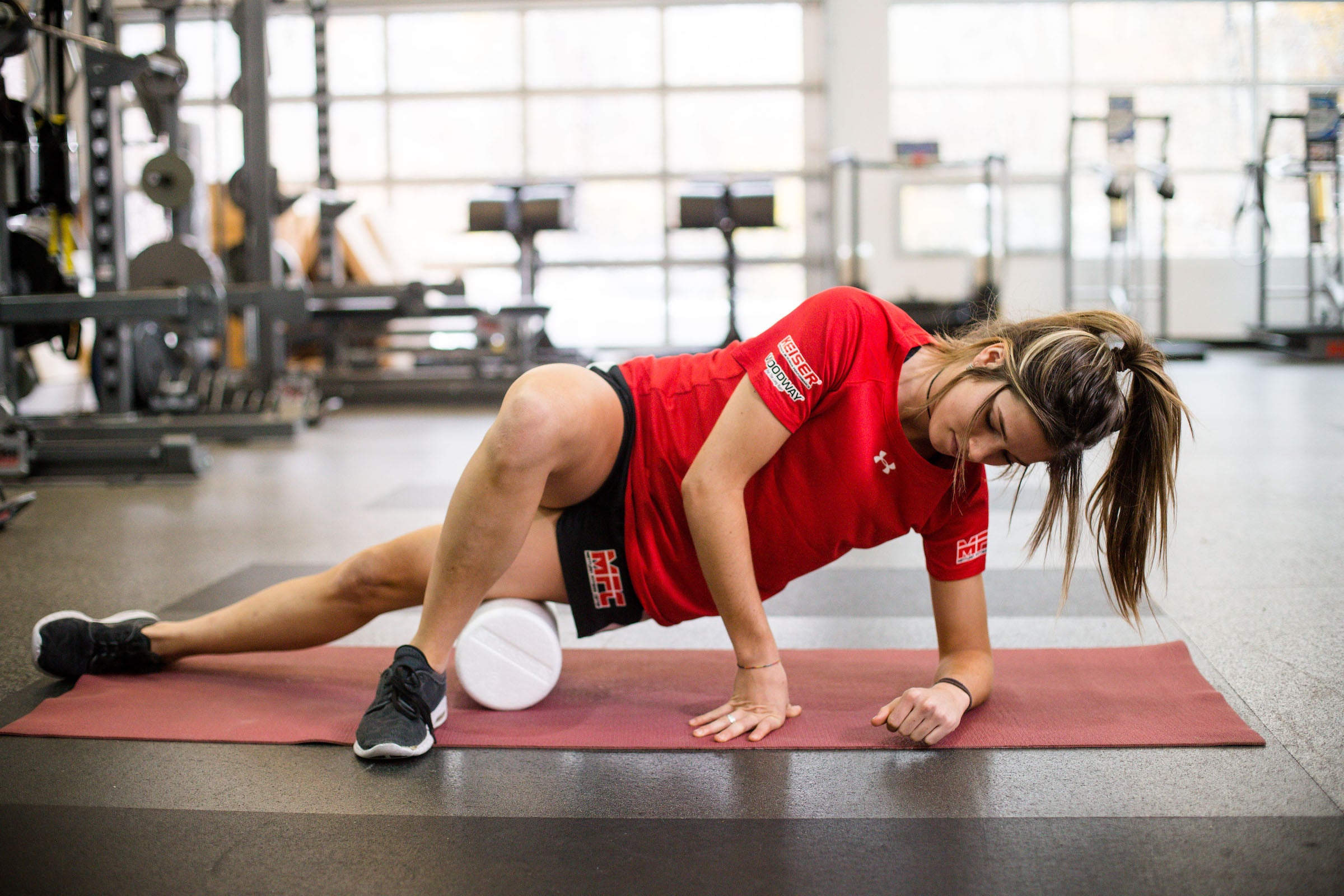
(Photo: Tory Powers)
Skiing is risky, whether it’s early season or peak winter. Hidden rocks, trees, unexpected terrain changes, and collisions can lead to injury at any time.
Watch: How Brain-Body Connection Impacts Our Overall Fitness on the Slopes
While you can’t control every factor on the mountain, you can take proactive steps to reduce your risk. As a physical therapist who has treated countless ski injuries, here are five essential exercises every skier should incorporate into their routine to stay strong and injury-free this season.
Eccentric Exercises to Prevent Ski Injuries
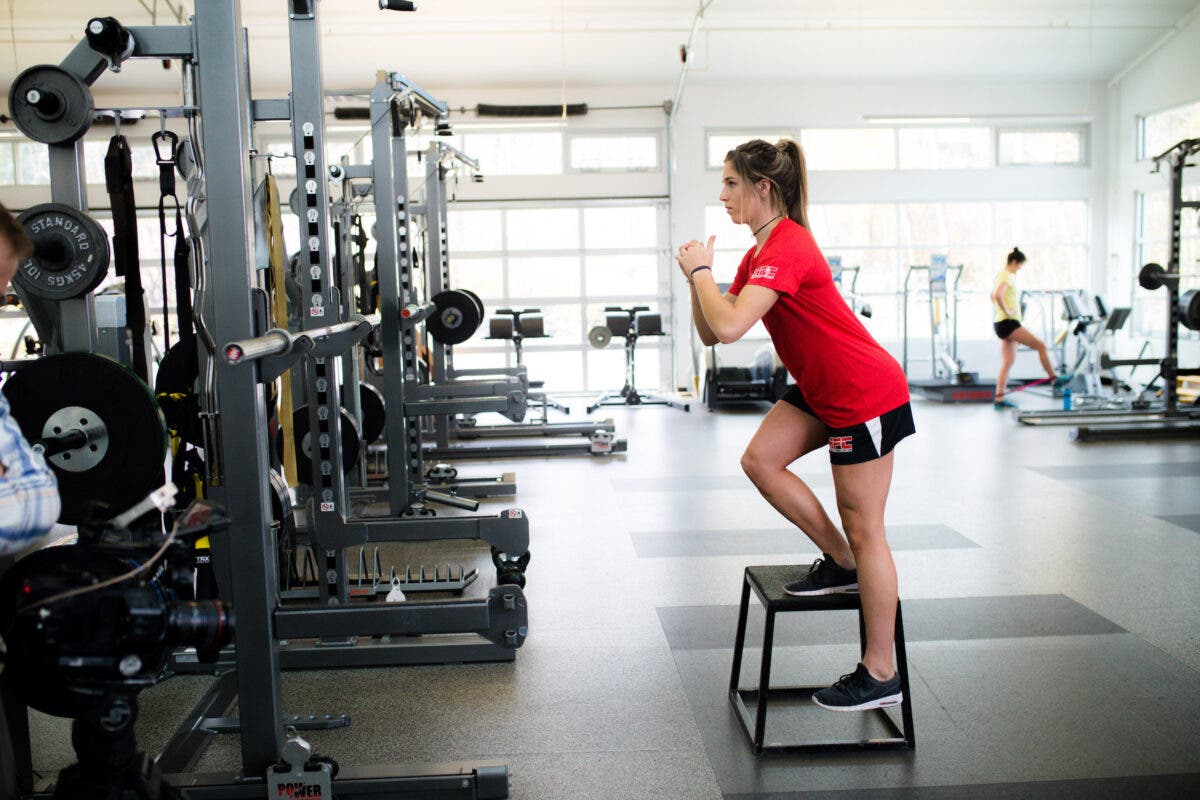
Why
Eccentric movements describe a type of muscle contraction involving an exercise’s lowering phase. Take the squat; for example, the eccentric component is that movement pattern’s descending or lowering aspect. When we think about how we move on the ski hill, particularly downhill, we absorb the terrain as it comes at us. Our legs and body are working as shock absorbers to the input provided by the ski hill. As we take on the forces of the downhill, we are eccentrically loading our legs, so it makes sense for us to cater our training to these movements.
How
To build more of an eccentric focus into your lifts, concentrate on slowly controlling the tempo during the lowering phase of any movement. Having smooth control of your movement patterns will help increase your tolerance to long, sustained ski runs.
Isometric Strengthening to Prevent Ski Injuries
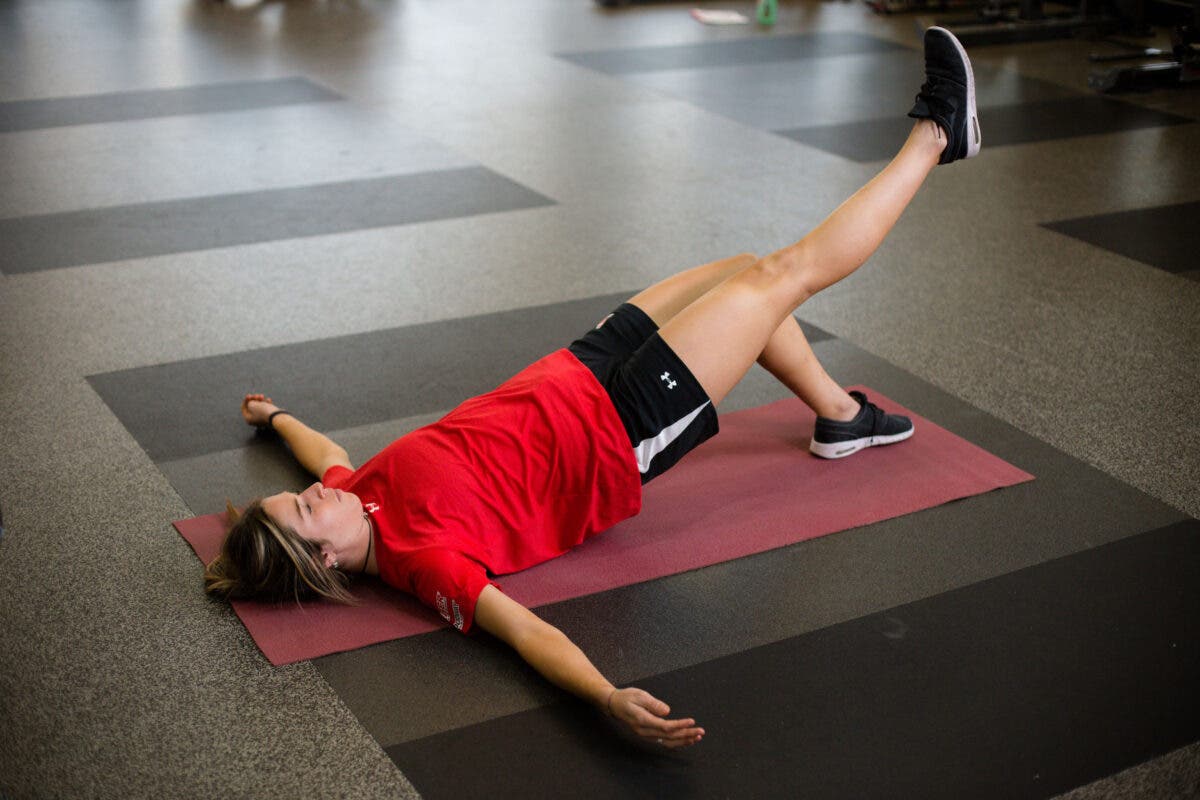
Why
If you’ve ever held a long arcing ski turn, you’ve most likely felt your legs burning as you work to keep your body stable and in control. This has to do with isometric muscle contractions. An isometric contraction involves a muscle firing at a stable or unchanged joint angle. Building strength in isometric patterns can be a great way to help reduce the intensity of the quad burn you feel when skiing a hard line.
How
The old reliable wall sit is one the easiest ways to build isometric leg strength. Challenge yourself by doing these for a time and adding weighted resistance to your arms.
Single-Leg Exercises to Prevent Ski Injuries
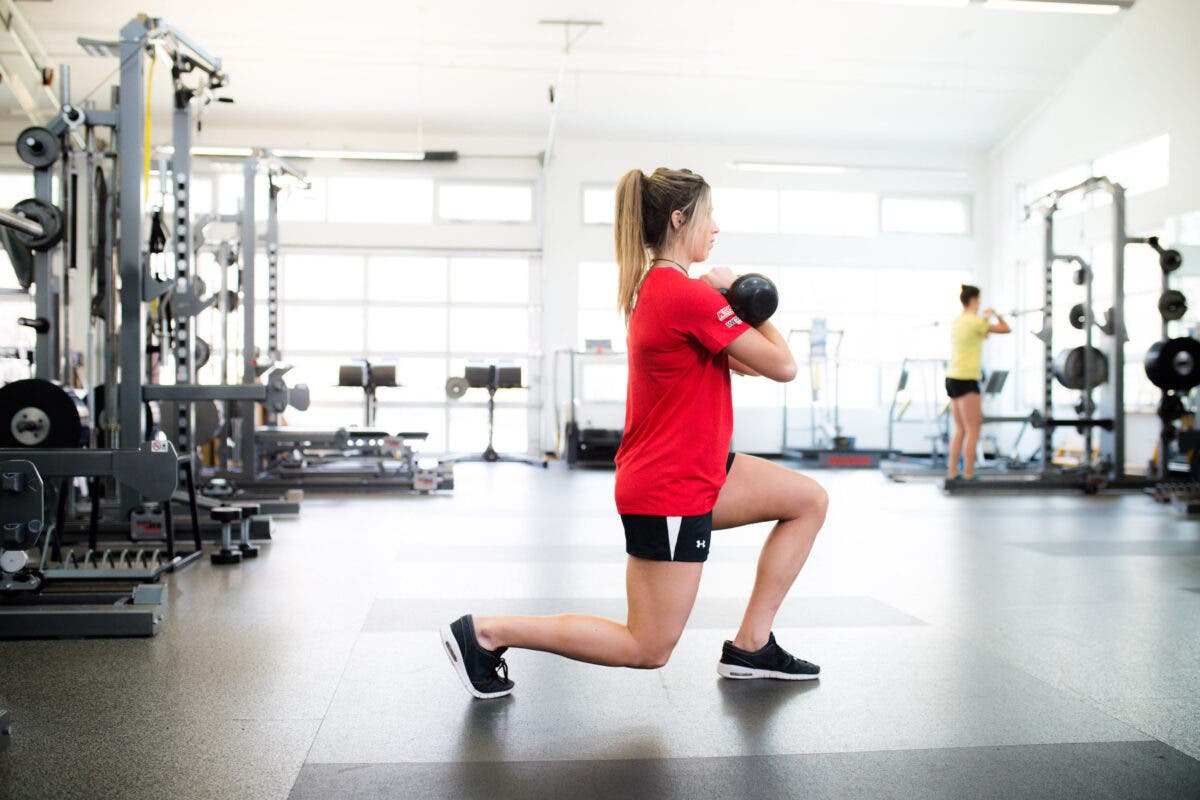
Why
One could argue skiing is partially a single-leg sport that involves weight shifting from the inside edge to the inside edge of the downhill ski as you navigate the mountain. Improving strength with single-leg exercises is a great way to increase one’s balance and stability for the dynamic demands of skiing.
How
Lunges in multiple planes of movement (lateral, forward, reverse) can be helpful in improving single-leg strength of the quads, glutes, and hamstrings, with endless options for progressions.
Plank Variations to Prevent Ski Injuries
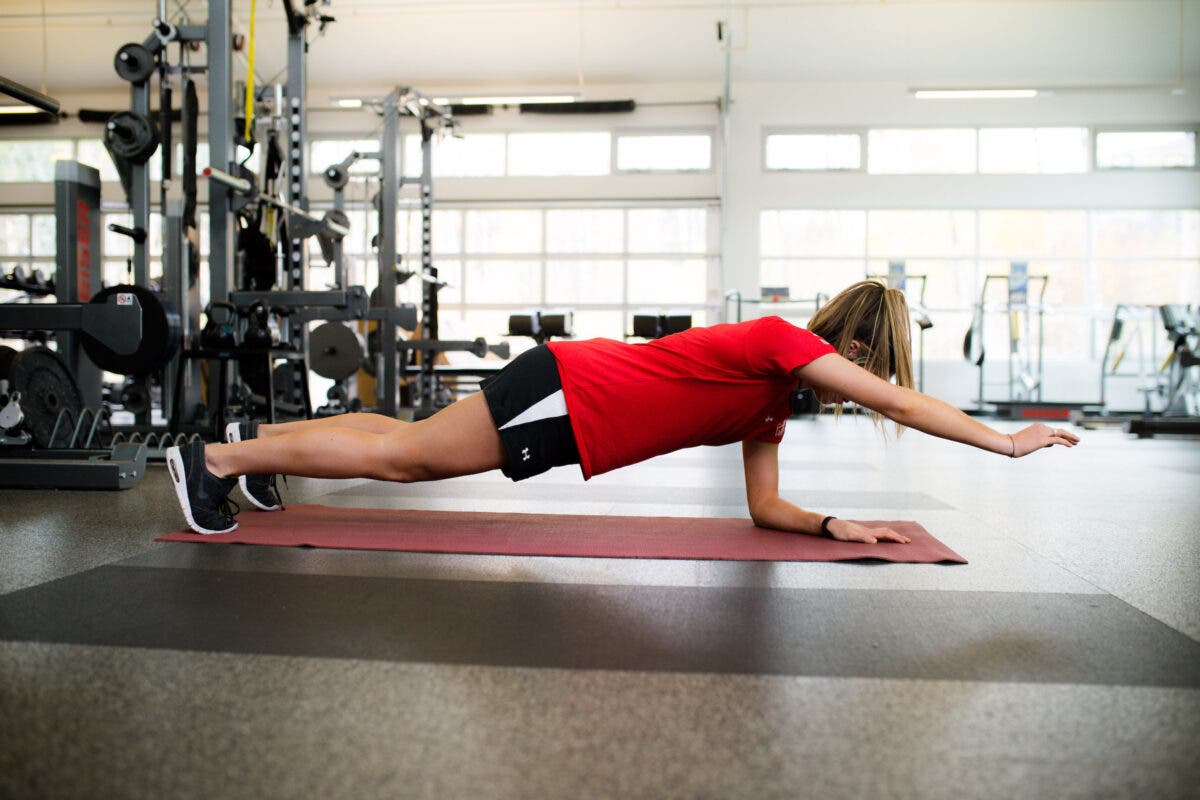
Why
Skiing requires you to control your upper and lower extremities while maintaining a stable trunk and core. Planks are a great low-equipment core exercise with multiple variations targeting different mid-section muscles to strengthen your entire trunk.
How
Don’t just perform a standard forearm plank. Add some front, side and Copenhagen plank variations to your ski fitness routine to further improve your body control and stability on the hill.
Mobility Work to Prevent Ski Injuries
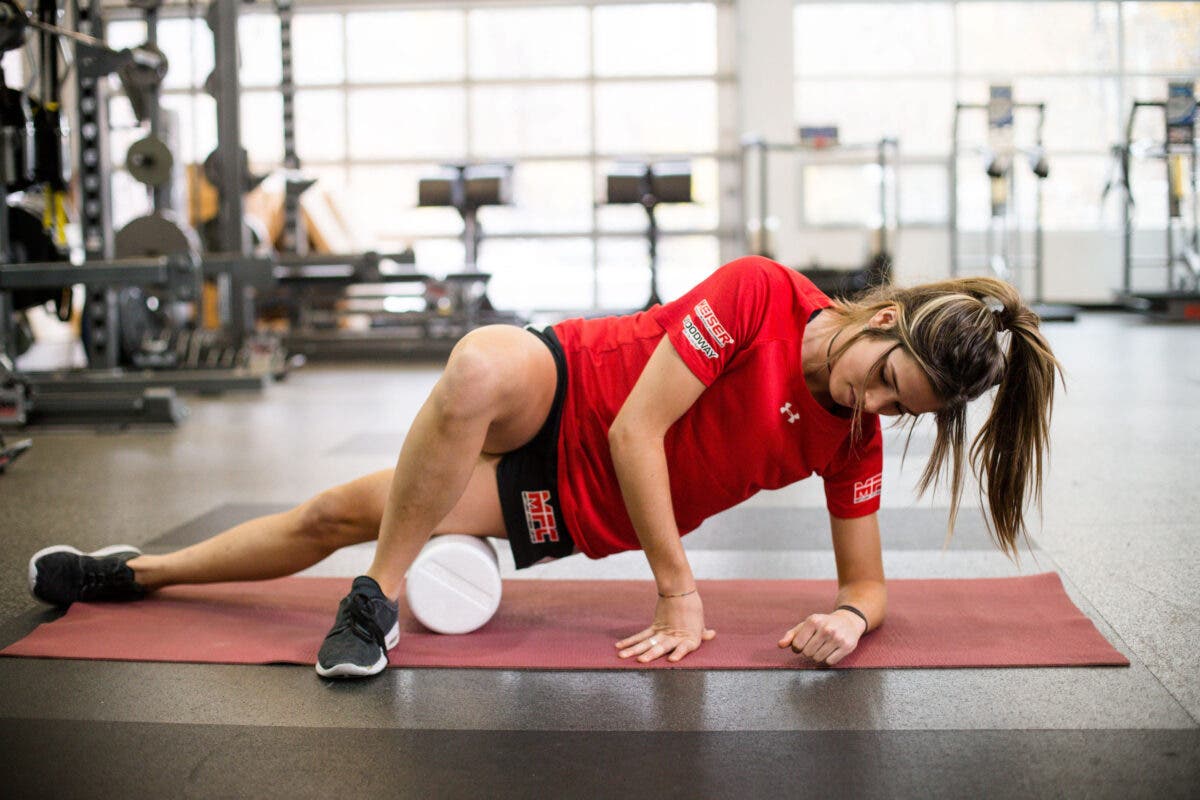
Why
Incorporate mobility work into your pre- and post-ski routine to aid in recovery, reduce the risk of injury, and support improved performance on the hill.
How
While there is no one-size-fits-all mobility routine, assessing areas where you feel stiff or limited, particularly around the spine, hips, knee, and ankles, is a good place to start improving your movement patterns. Use mobility tools like foam rollers, massage guns, and resistance bands to target your sore or stiff muscles.
Dr. Matt Hastings, PT, DPT, is an orthopedic and sports physical therapist at The Alpine Athlete specializing in treating various alpine sports injuries and orthopedic conditions. When he’s not helping others get back to the activities they love, you’ll find him pushing himself on his skis or bike around his home in Denver, Colorado.